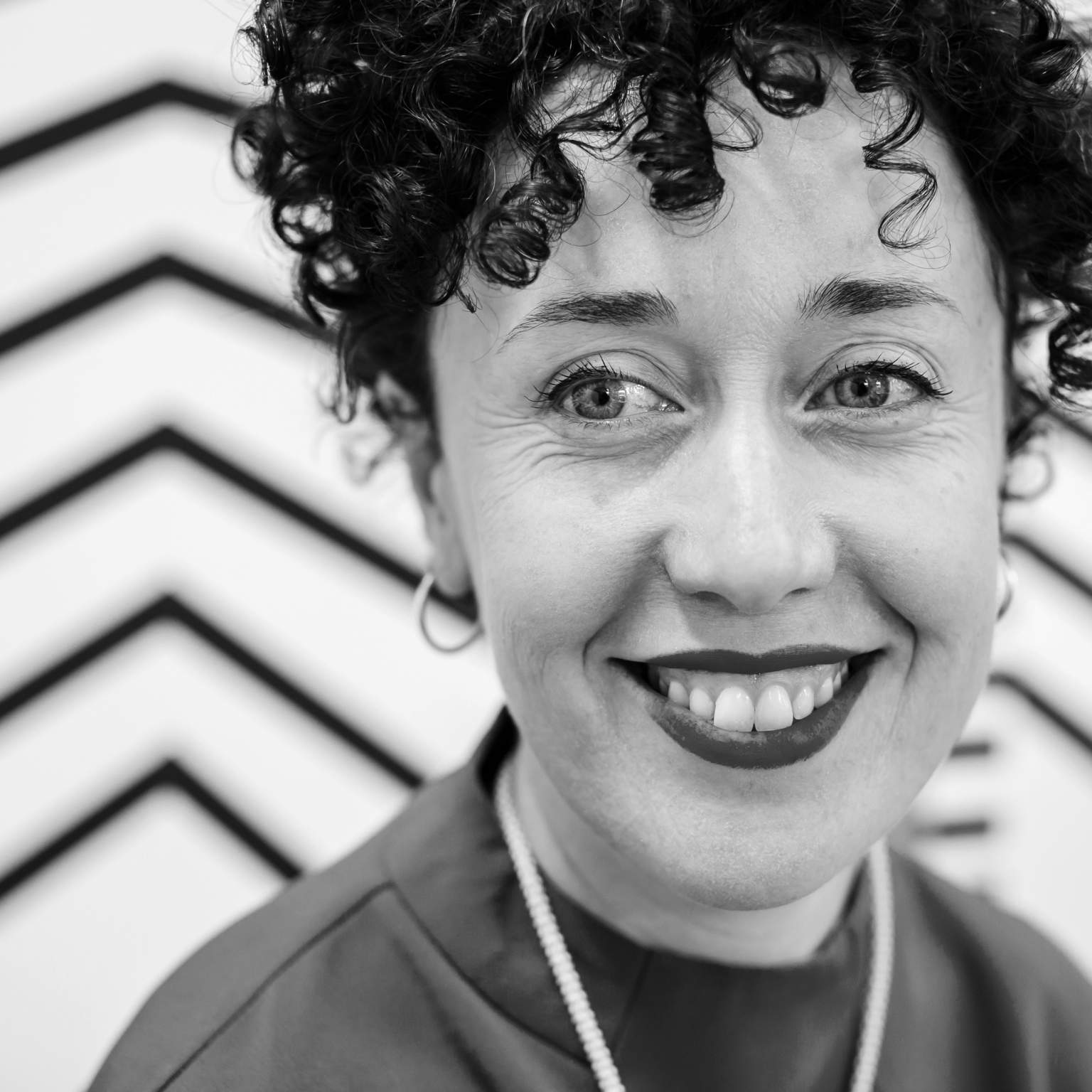Making materials and textiles in the postdigital era involves a synthesis of multiple, multi-species skills and mediums. The agency of fibre, substance, algorithm, and AI work in a joint endeavour with human and non-human participants in contexts of the future everyday. An everyday that is changed by these evolving practices. How we live and make tomorrow is already being constituted by how we are living and making today.
From the way that textile structures can mimic matted fur, hair, or the cellular structure of plant or organic matter, alongside structures created by non-human intelligence, they are understood and actualized through a complex synthesis of tripartite human intelligence –the cognitive, conative, and affective. Tangles or non-human-made points of intersection become repeatable loops and knots or interwoven into structures by and for human hands and minds. Over time, intricate micro-movements of human ‘digits’ are scaled to involve tools, machines, and technologies that employ broader and posthuman physical agency and more complex intelligences delivering similarly scalar textile and material outcomes. The example of digital computation being founded in jacquard weaving is widely known. However, the ancient roots of anthropocentric weaving in non-human making practices are at best, implied, but not axiomatic. Our present everyday textiles and materials have been formed in the temporality of the posthuman nature-culture continuum where the politics of power are significantly influential.
Metamodernism describes a culture between and beyond modernism and postmodernism. It is a culture in constant oscillation between (flawed) idealism and (flawed) apathy where we yearn for sincere meaning and expression; for constructive progression, not the creative destruction of capitalism.
The realness of immaterial digital textiles or the acceptance of new and advanced material properties relies on established collective material knowledge. In an apophenic way, our brain processes ‘the shock of the new’, fills in the gaps, and contributes to the making; making connections to make sense and make progress.
If sociocultural material knowledge becomes diminished, the material-immaterial relationship new advancements rely upon is destabilized or changed. For instance, without knowing how to make textiles or materials and subsequently how that activity contributes to the material agency of the resulting textile or materials, digital renders or alternative methods of making simply deliver new ‘matter’, as Henri Bergson would say– between a thing and a representation– not a functioning assemblage derived in a continuum contributing to a (metamodernist) constructive progression in design.
A functioning assemblage is autopoietic. For example, the ease with which known textile structures can be rendered digitally or made through alternative or advanced technologies feeds a hunger to seek out more complex or obscure textile structures that may no longer (or not yet) be possessed by living humans. Artificial intelligence can understand and present back to us not only new possibilities but what may have otherwise been lost to the tacit or, indeed, time.
We so often focus on how we make, not why we make, and hardly ever question should we make. We make materials and textiles to construct spaces, forms, and experiences for functional, aesthetic, and sensorial reasons and purposes. Just as practical knowledge from the past lays the foundation for the future everyday, so will the problems and injustices of the past. To seek out novelty or aesthetics is implicit in creative acts and can often be the starting point for developing technological advancements in textile and materials. To design and make excluding or exploiting indigenous knowledges of making and materials and intangible cultural heritage, or evidence of social inequality and climate emergency in relation to design leads to unethical iteration without direction. ‘Design futures’ must remain a problematised proposition for progression, not a label for a practice that perpetuates design heroism.
On-screen, on-bodies, on-spaces, on all three simultaneously – advanced enabling materials and technologies in textile and material contexts exist in a textile topology that stretches back and forward through time open to new forms and knowledges, and offering new experiences.
Understanding all textiles and materials as assemblages constitutes that textile topology, and opens up the possibility of seeing them as complex adaptive systems that make the future and in turn facilitate a processual and relational acceptance of integrated robotics, computation, and artificial intelligence into everyday lives.




